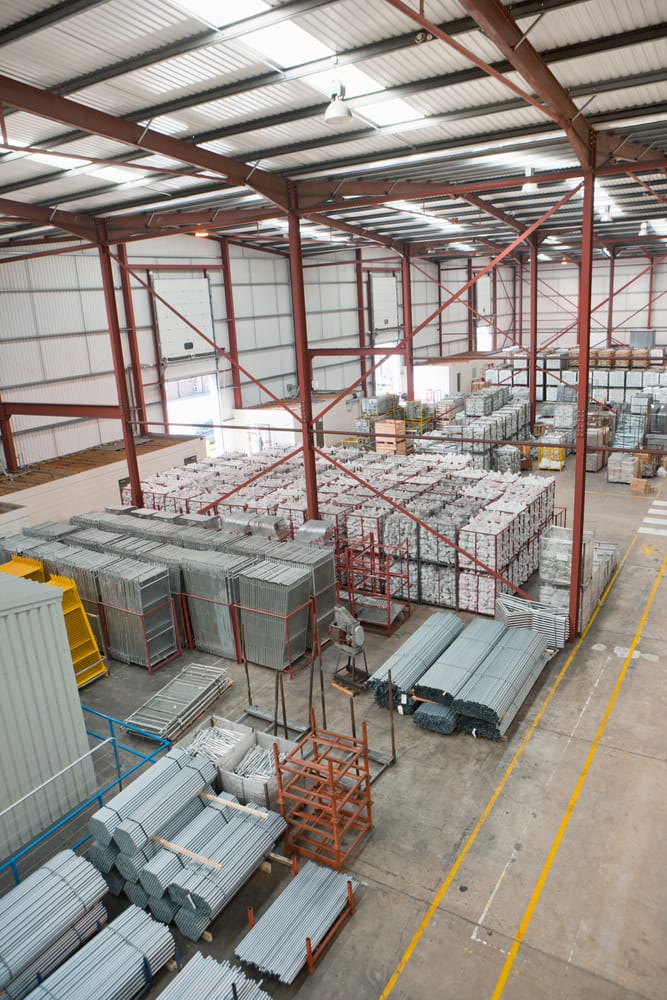U.S. economic growth impacts global trade dynamics

How U.S. Economic Growth Shapes Global Trade Dynamics
The trajectory of economic growth in the U.S. significantly influences global trade dynamics, and its substantial GDP growth holds broad implications for international markets. Often regarded as the world’s largest economy, the U.S. serves as a cornerstone for global trade. As it continues to prosper, economic policies and trade agreements emanating from the U.S. play a crucial role in shaping trade patterns worldwide.
The Power of U.S. GDP Growth and International Markets
The expansion of Gross Domestic Product (GDP) in the U.S. is more than just an increase in goods and services; it is a global signal. It reflects the country's purchasing power and its import and export capabilities, affecting countless nations.
- A stable U.S. economy can bolster global markets, providing a platform for international trade negotiations.
- Economic indicators, like the 10-year Treasury yield, are closely watched as they suggest the economic trajectory, influencing global trade terms and predictability.
- Currency exchange rates, often swayed by U.S. economic forecasts, can provide both opportunities and challenges for international traders.
U.S. Economic Policies and Impact on Trade
Economic policies, including fiscal policies and trade agreements, are pivotal in aligning international trade patterns. These policies help remove trade barriers, facilitating smoother economic interactions across borders.
- Trade agreements such as the North American or Trans-Pacific partnerships aim to reduce tariffs, promoting economic development and strengthening resilience among member nations.
- Economic indicators like the Consumer Price Index (CPI) act as barometers influencing negotiations with international partners, effectively dictating trade dynamics.
- The Federal Reserve's management of interest rates also indirectly affects global economies by altering investment flows into and out of the U.S.

Addressing Trade Barriers and Tariffs
While tariffs are employed to protect domestic industries, they can create trade deficits and affect international relations. Understanding and adapting to these barriers are crucial for maintaining global economic harmony.
- Tariffs, used as a protective measure, may sometimes lead to counterproductive outcomes such as reduced competitiveness of U.S. products abroad.
- How trade barriers reshape foreign investments and supply chains illustrates the need for flexible economic strategies to foster stability.
- Economic resilience can be achieved by revisiting economic forecasts and enhancing adaptability in the face of trade deficits, ensuring that challenges do not escalate to crises.

U.S. Trade's Future and Economic Projections
Forecasting economic trends is a key component of navigating future trade landscapes. With tools such as the Nonfarm Payroll data, analysts predict potential shifts that may affect global trade dynamics.
- Predictive market analysis helps in identifying challenges and opportunities by examining factors like the Prime Rate and its effects on borrowing and investment conditions.
- Economic resilience, defined as the ability of an economy to recover swiftly from disruptions, is vital for maintaining continuity amidst global market shifts.
- The interplay of currency exchanges and fiscal policy remains a compelling narrative in driving future economic development, with sweeping effects on global trade stability.
Understanding the Road Ahead
The intricate relationship between U.S. economic growth and international trade is undeniable. With continued GDP expansion, strategic economic policies, and adaptive strategies to navigate barriers like tariffs, the U.S. economy continues to leave a lasting imprint on global trade dynamics. Key economic indicators and proactive forecasting help stakeholders anticipate movements and maintain stability across borders. As the world closely observes, these complex interactions will undoubtedly shape the future landscape of global trade, echoing the influence of a robust U.S. economy.




